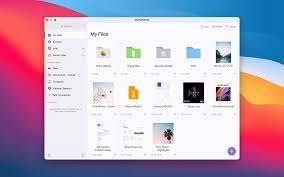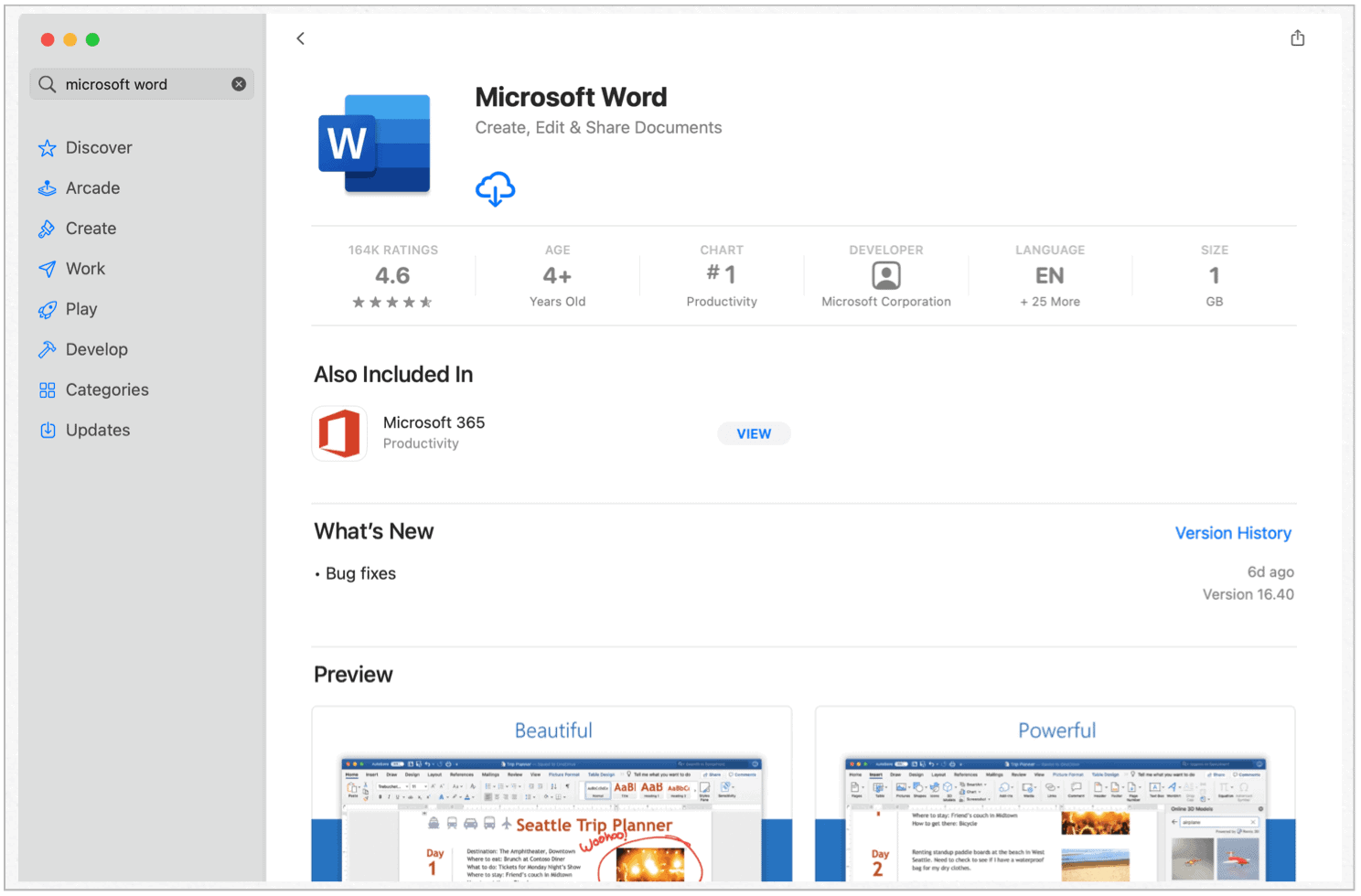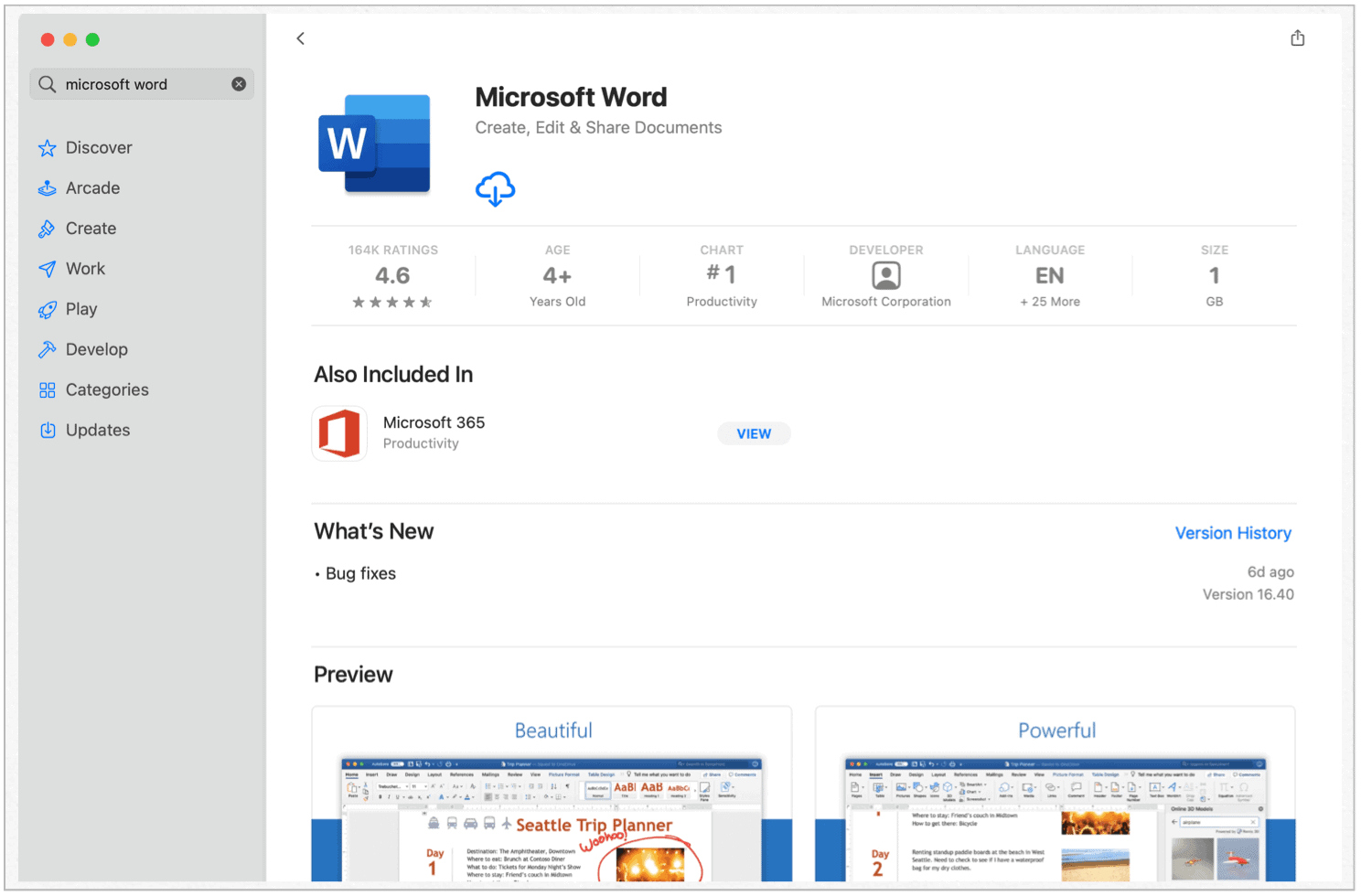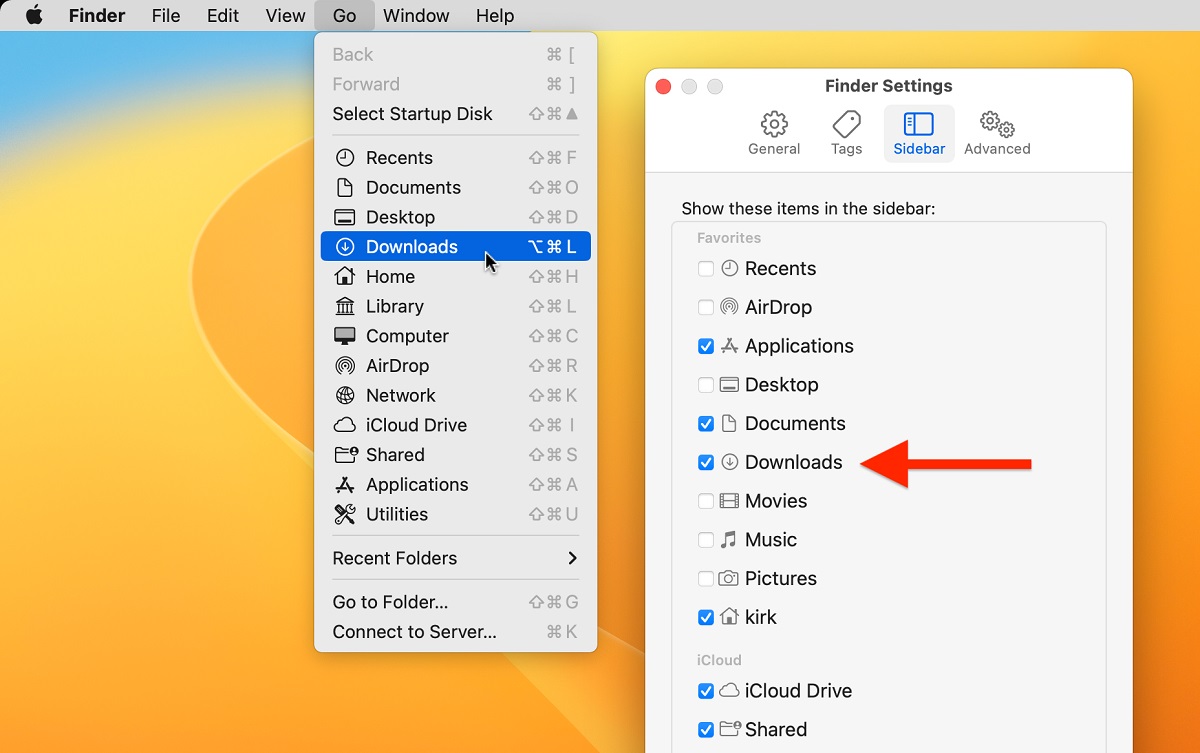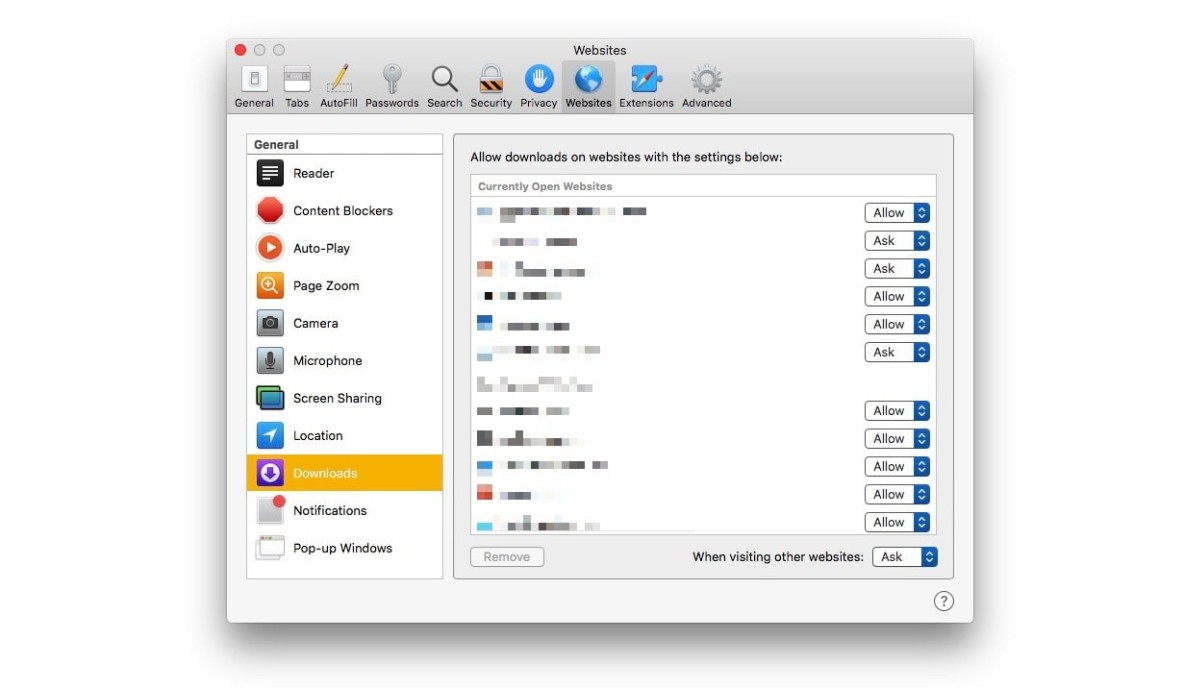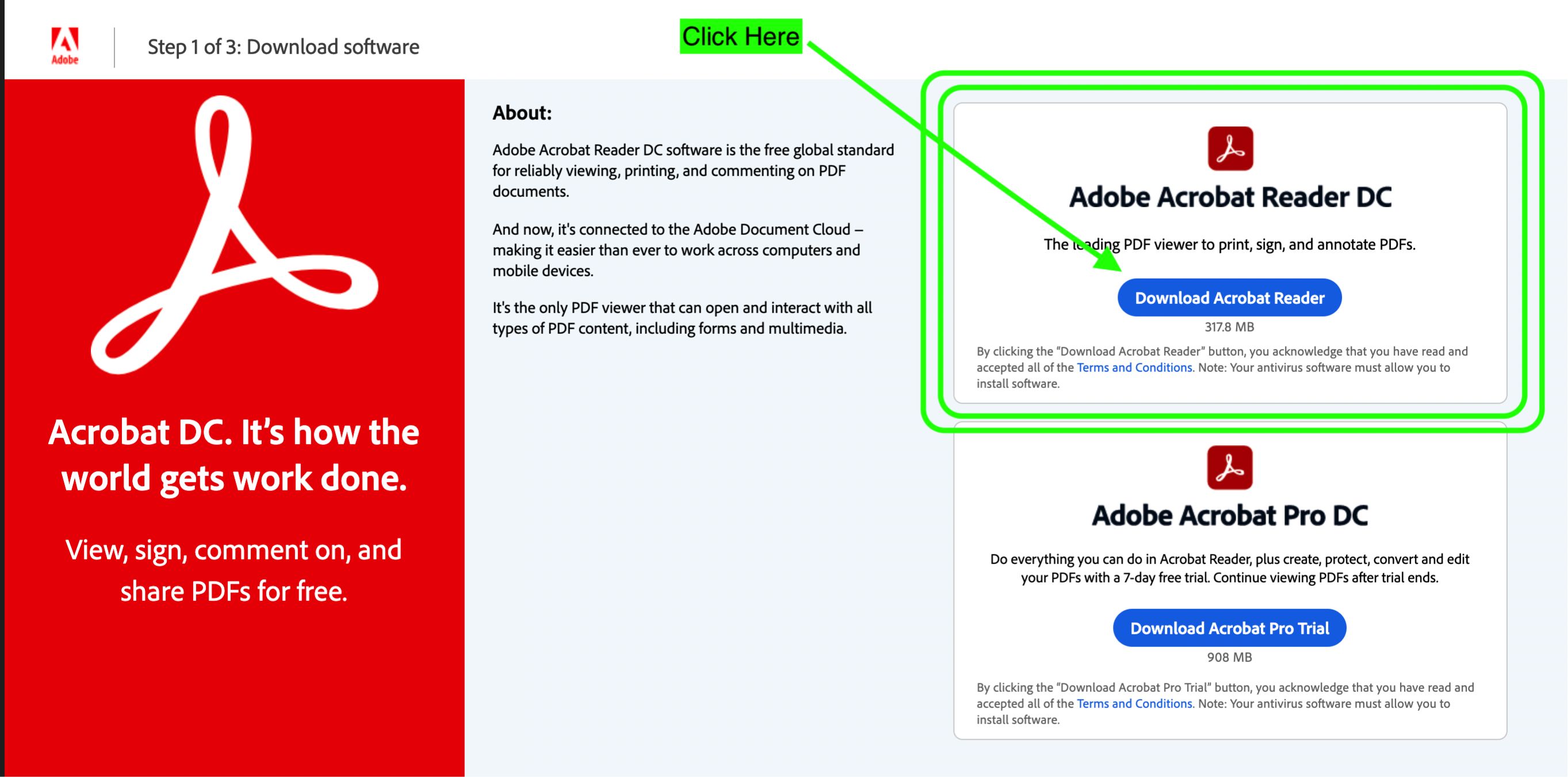Introduction
Welcome to this guide on how to download documents on your Mac. Whether you need to download a PDF, Word document, Excel spreadsheet, or any other type of document, this step-by-step tutorial will help you do just that. Downloading documents on your Mac is a simple process that allows you to access and save files for offline use, share them with others, or perform any necessary tasks on your computer.
Downloading documents is an essential skill for all Mac users, whether you are a student who needs to save research papers, a professional who needs to download work-related documents, or simply someone who wants to save interesting articles for later reading. By following the steps outlined in this guide, you will be able to effortlessly download and access documents on your Mac.
With a wide range of web browsers available for the Mac, including Safari, Chrome, and Firefox, you have various options when it comes to downloading documents. Regardless of the browser you use, the basic process remains the same. You will locate the document you want to download, initiate the download process, choose a location on your Mac where you want to save the file, and wait for the download to complete. Once the document is downloaded, you can then access it on your Mac whenever you need it.
So, let’s get started with the step-by-step process of downloading documents on your Mac. Follow along and you’ll be downloading and accessing your documents in no time!
Step 1: Open the web browser on your Mac
The first step in downloading documents on your Mac is to open a web browser. Your Mac comes with a default web browser, which is Safari, but you can also use other popular browsers like Chrome or Firefox. To open the web browser, simply click on the browser icon in your dock or locate it in the Applications folder.
Once the web browser is open, you will see a toolbar at the top of the window where you can enter website addresses or search for specific content using a search engine. Take a moment to familiarize yourself with the browser’s interface, as the features and layout may vary slightly depending on the browser you are using.
If you are using Safari, the toolbar will be located at the top of the window. You can recognize it by its distinctive blue color and the address bar located at the center. In Chrome, the toolbar is also located at the top, and it has a white background. Firefox, on the other hand, has a similar layout to both Safari and Chrome, with the toolbar at the top.
By opening the web browser on your Mac, you are now ready to proceed to the next step and start searching for the document you want to download.
Step 2: Search for the document you want to download
Once you have opened the web browser on your Mac, the next step is to search for the document you want to download. You can do this by entering relevant keywords or the specific title of the document into the search bar or address bar of your chosen browser.
If you already know the website where the document is located, you can directly enter the website’s URL into the address bar. This will take you directly to the website where you can find the document you need. Alternatively, you can use a search engine, such as Google, by entering keywords related to the document in the search bar.
When searching for a document, it’s helpful to be as specific as possible. This will narrow down the search results and increase the chances of finding the exact document you are looking for. If you know specific details like the author’s name, the document’s title, or any relevant keywords, include them in your search query.
As you type in your search query, the browser will display a list of suggested search terms or websites related to your query. These suggestions can help you refine your search and find the desired document more easily. Additionally, the browser might also display relevant search results or website links related to your query, which you can click on to access the document.
Take your time to review the search results and select the most appropriate website or link to download the document you need. Once you have located the document, proceed to the next step for downloading the document onto your Mac.
Step 3: Click on the document link
After searching for the document you want to download in your web browser, the next step is to click on the document link to initiate the download process. Once you have located the website or webpage where the document is hosted, look for a clickable link or button that indicates the download option.
When you find the document link, position your cursor over it and click on it using your mouse or trackpad. In most cases, the link will be labeled with the document’s file name or a relevant description. For example, it might say “Download PDF,” “Download Now,” or “Save Document.”
Clicking on the document link will trigger the download process, and your web browser will begin downloading the document onto your Mac. The download progress is typically displayed in the browser’s toolbar, either as a progress bar or a percentage indicating how much of the file has downloaded.
Depending on the size of the document and the speed of your internet connection, the download process may take some time to complete. It is important to note that during the download, it is best to avoid closing the browser or navigating away from the webpage until the download is finished.
Once the download is complete, you will be able to access the downloaded document on your Mac. The next step will guide you on choosing a location on your Mac where you want to save the downloaded document.
Step 4: Choose a download location on your Mac
After clicking on the document link, your web browser will begin downloading the document onto your Mac. Once the download is complete, you will need to choose a download location where the document will be saved on your computer.
Most web browsers have a default download location set, which is usually the Downloads folder on your Mac. However, you can choose a different location if you prefer. When the download is finished, a pop-up window or a notification will appear, giving you the option to open the downloaded file or to choose the location where you want to save it.
If you want to save the downloaded document in the default location, simply close the pop-up window or dismiss the notification. The document will automatically be saved in the specified default download location on your Mac.
If you want to choose a different location to save the document, click on the “Save” or “Save As” option in the pop-up window. This will open a file explorer window where you can navigate to the desired folder or location on your Mac.
Browse to the desired folder or location using the file explorer window, and once you have selected the appropriate folder, click on the “Save” button. The document will then be saved in the chosen location on your Mac.
By choosing a specific download location, you can organize your downloaded documents in a way that makes sense to you. This allows for easy access and helps keep your files organized and clutter-free.
Now that you have chosen the download location for the document, let’s move on to the next step to wait for the download to complete.
Step 5: Wait for the download to complete
Once you have chosen a download location for the document on your Mac, it’s time to patiently wait for the download to complete. The length of time it takes for the download to finish will depend on the size of the document and the speed of your internet connection.
While the download is in progress, it’s important to refrain from closing the web browser or navigating away from the download page. Interrupting the download by closing the browser or navigating away from the page may result in an incomplete or corrupt file.
As the download progresses, your web browser will typically display an indicator to show the status of the download. This can be in the form of a progress bar or a percentage completion. Additionally, some browsers may provide an estimated time remaining for the download to finish.
It’s a good idea to keep an eye on the download progress, especially if the file size is large. This way, you can monitor the download’s progress and estimate how much time is remaining.
During the download, you can continue to use your Mac for other tasks, but it’s best to avoid initiating other large downloads or activities that may consume a significant amount of bandwidth. This can help ensure a smoother and faster download process.
Once the download is complete, your web browser will notify you, either with a pop-up window or a notification. At this point, you are ready to access the downloaded document on your Mac.
Now that you have successfully downloaded the document, let’s move on to the final step to learn how to access it on your Mac.
Step 6: Access the downloaded document on your Mac
Congratulations! You have successfully downloaded the document onto your Mac. Now it’s time to access and open the downloaded document.
To access the downloaded document, you can navigate to the download location that you specified in Step 4. If you chose the default download location, you can find the document in your Mac’s Downloads folder.
To locate the document, open Finder on your Mac. You can do this by clicking on the Finder icon in your dock or selecting Finder from the Applications folder. Once Finder is open, click on “Downloads” in the sidebar to access the Downloads folder.
In the Downloads folder, you will find the downloaded document listed with its file name. Depending on your Mac settings, the document may be listed as one of the most recent downloads or sorted by date. You can also use the search function in Finder to locate the document by entering its file name or relevant keywords.
Once you have located the document, you can simply double-click on it to open it with the default application associated with its file type. For example, if the document is a PDF, it will open in Preview, the default PDF viewer on Mac. If it’s a Word document, it will open in Microsoft Word or Pages.
If you prefer to open the document with a different application, you can right-click on the document, select “Open With,” and choose the desired application from the list. This allows you to choose how you want to view or edit the document based on your needs and preferences.
Once the document is open, you can read, edit, or perform any necessary tasks on it. You can also save the document to a different location on your Mac if you want to organize it in a different folder or location.
Now that you have successfully accessed and opened the downloaded document on your Mac, you can use it for various purposes, such as reading, editing, sharing, or printing.
Congratulations! You have now completed all the steps to download and access documents on your Mac. With this knowledge, you can easily download and manage your documents, making your Mac experience more efficient and productive.
Conclusion
Downloading documents on your Mac is a fundamental skill that allows you to access, save, and manage various types of files. Whether you need to download PDFs, Word documents, Excel spreadsheets, or any other file format, following the simple steps outlined in this guide will enable you to effortlessly download and access documents on your Mac.
We started by opening the web browser on your Mac and then proceeded to search for the document you wanted to download. Clicking on the document link initiated the download process, and we learned how to choose a specific download location on your Mac.
After choosing the download location, we discussed the importance of patiently waiting for the download to complete. Interrupting the download process may result in an incomplete or corrupted file. Finally, we explored how to access the downloaded document on your Mac by navigating to the download location and opening the file with the appropriate application.
By following these steps, you can easily and efficiently download documents on your Mac, making them accessible for offline use, sharing, or any other necessary tasks.
Remember to maintain an organized file management system on your Mac to easily locate and manage your downloaded documents. This can be done by creating folders and subfolders, using descriptive file names, and regularly organizing your files for better productivity and efficiency.
Now that you have a solid understanding of how to download documents on your Mac, you can confidently navigate the web, find the files you need, and make the most of your digital resources. Enjoy the convenience and accessibility that downloading documents on your Mac provides!







